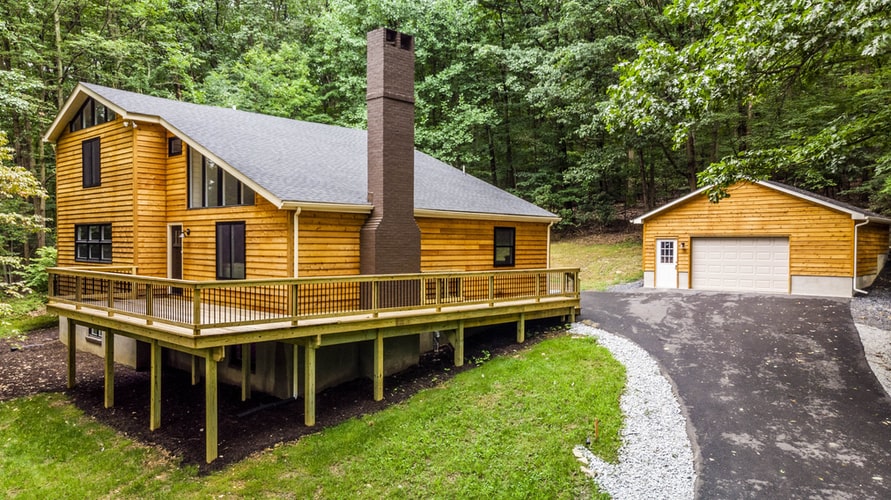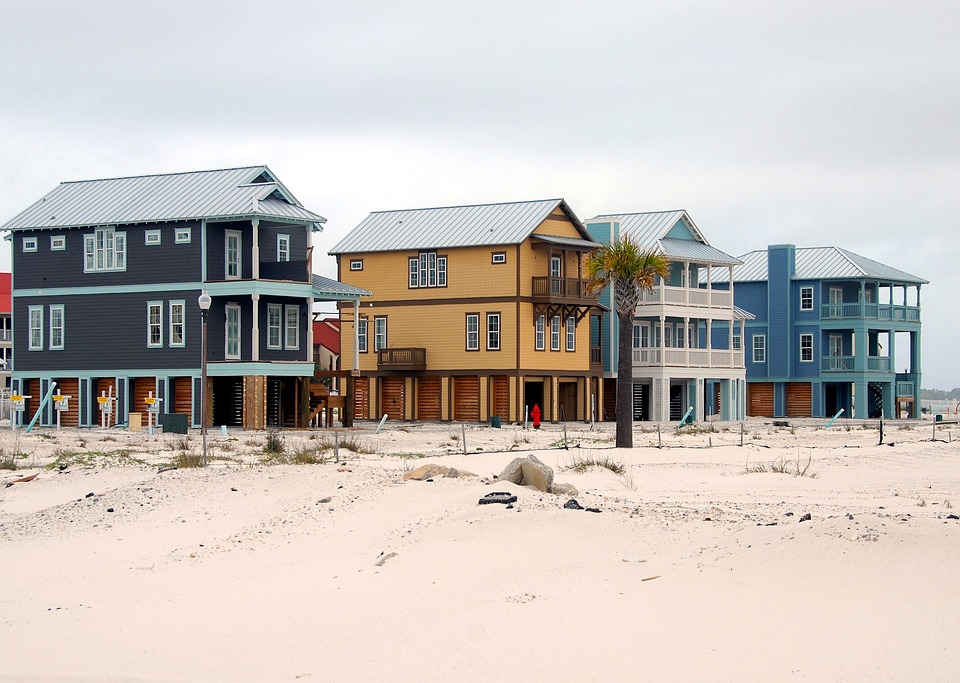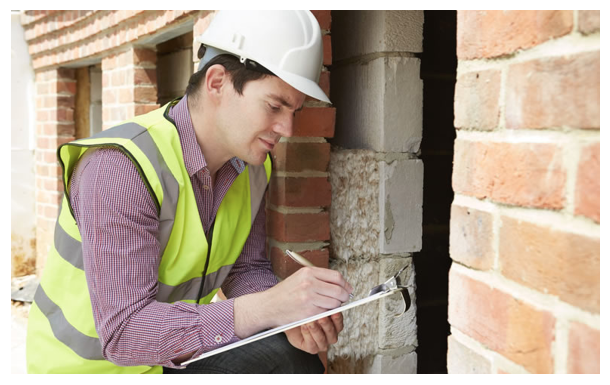Asbestos is a term given to six naturally occurring silicate minerals. All of these minerals are composed of long and thin fibrous crystals and each fibre is composed of many microscopic fibrils. These fibrils can be released into the atmosphere by abrasion and other processes. Inhalation of these fibres poses risks to the health of individuals and can lead to lung conditions like asbestosis and cancer.
Now where can you find asbestos? And, how are individuals exposed to asbestos?
Asbestos is heat-resistant and an excellent electrical insulator which is why it was used in building materials. Asbestos is now a well-known health and safety hazard and many countries, including Australia, have completely banned the use of asbestos. One cannot import, sell, store, reuse or supply materials containing asbestos.
In Australia, asbestos was widely used as a building material in houses until the late 1980s. It was only in 2003 that there was a complete ban on usage of asbestos in Australia.
Your house is likely to have asbestos if it was built before 1990, but it is always better to confirm with a laboratory providing them with a sample of the material. There are many companies that do asbestos testing in Melbourne. The testing is performed by a team of licensed experts.
If you are undergoing a major demolition or renovation of the house, and you think it may contain asbestos but are not willing to bear the cost of a test done, it is advisable to assume that it does contain asbestos. This assumption will ensure that you take necessary measures and steps to prevent exposure to the harmful fibres.
So, where can asbestos be present in your homes if it was built before 1990?
Asbestos can be present in-
- Cement sheeting on the ceilings, floors and internal & external walls
- Hot water pipes and steam pipes in the form of lagging
- Old wood heaters may have asbestos coated for insulation
- Vinyl floor tiles and backing on vinyl sheet flooring
- Lining under eaves
- Electrical meter boards
- Stove-top pads
- Storage areas like attics and basements
- Oil & coal furnaces and door gaskets as insulation
Asbestos does not harm you if it is left untouched. During renovation projects, a lot of scraping, cutting, drilling is done which disturbs asbestos. The dust created by these processes then travels throughout the house and increases the chances of exposure to asbestos. It is best to hire professionals trained in asbestos removal for such types of projects. It is also advised to not interfere with loose shingles or plaster on the walls. After all, safety is of paramount importance for you and your family. Be safe!





